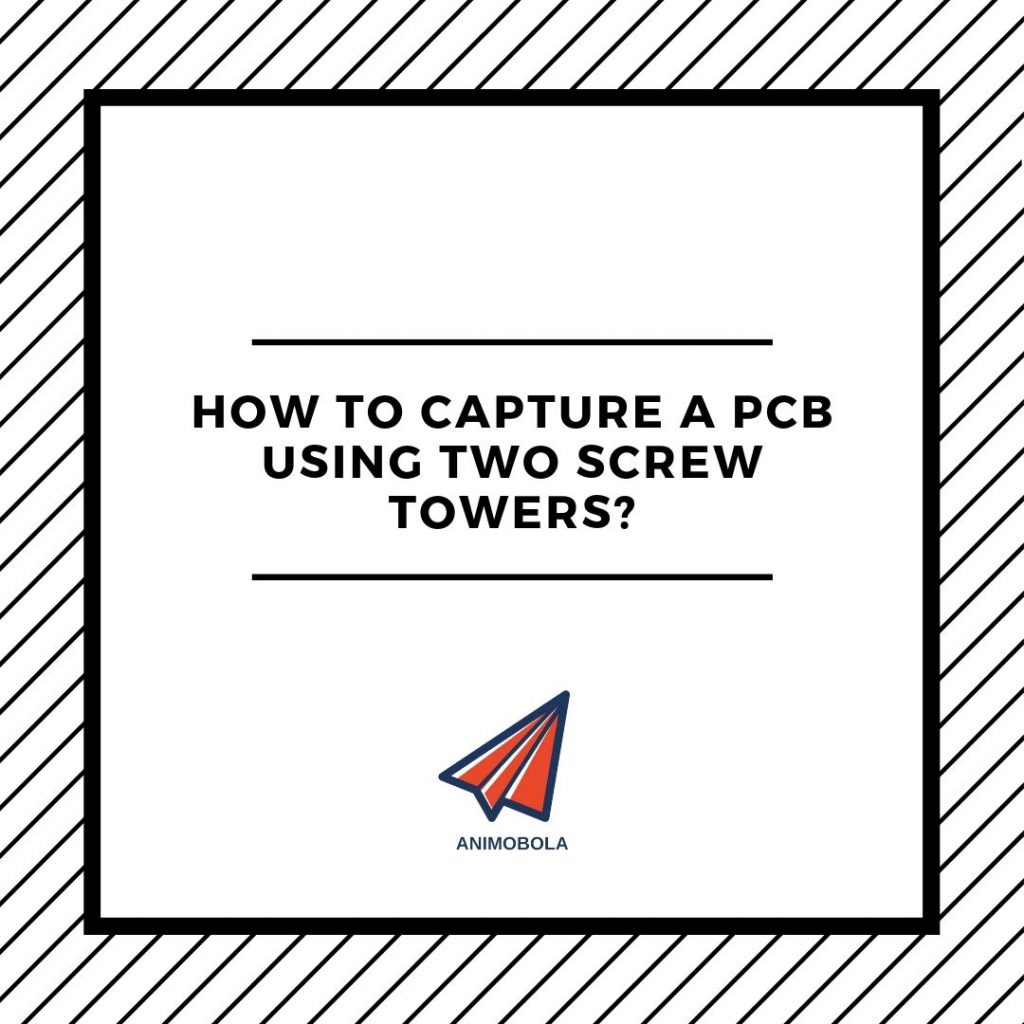
Just recently, I instantly decided to get rid of my unneeded furniture placed in the basement. It was already old, out of style and it so happens that my cats are living down in the basement. The furniture was completely covered in my cat’s fur because my two white cats loves to sit on the (then blue) white couch. Anyone who will see my furniture will tell me that it looks completely gross. And it is.
And because of presence of fleas, I decided to move the chairs by myself. I cannot wait for my boyfriend to arrive even if he is just 20 minutes away from my house. I almost got near the carpet but for once I decided to drag it upstairs. I just don’t have the energy to turn it to then haul it out open to the door.
When I carefully looked at the chair, I hefted the back of the chair onto the stair to make it leveled up to the front end whilst stepping up to the next level of the stairs. I said to myself, “one step at time.” I just patiently keeps on repeating this mantra as I slowly inch my way up to the stairs just balancing the two legs of the chair. When I finally got to the landing of the chair, I had to make the turn. I just hefted the back left leg of the chair onto the landing platform just in front of the right leg on the front end. While the chair is recently balanced like this on opposing legs, I just have to push it all the way to make a safe landing.
With this in mind, why should my impatience about furniture hauling matter? This is because without the ability to balance the chair on two opposing legs, I should have not succeeded. I recently got this idea from an enclosure making company that just launched their hand-held plastic enclosures. The unique enclosure design shows how it sandwiches a PCB between two screw towers.
There are customers who have asked how this works and they show a doubtful face that says “How does this keep the board from flexing?” The place of the board on the enclosure, then insert (and tighten) the screws into the screw holes on the enclosure. Which is now threaded unto the screw towers. This is primarily because the enclosure is so slim, that it leaves no room for the board to easily flex or twist like that inside the enclosure.
The screws can easily hold down the opposing corners of the PCB board. Thus making it just level and stable once the enclosure is successfully screwed together. This also allows the end user to use the space that surrounds the PCB without the need for the mounting attachments of bosses made in most sizes. However, because of the extra length of the KT-70, the mounting bosses are finally included for the additional stability.
